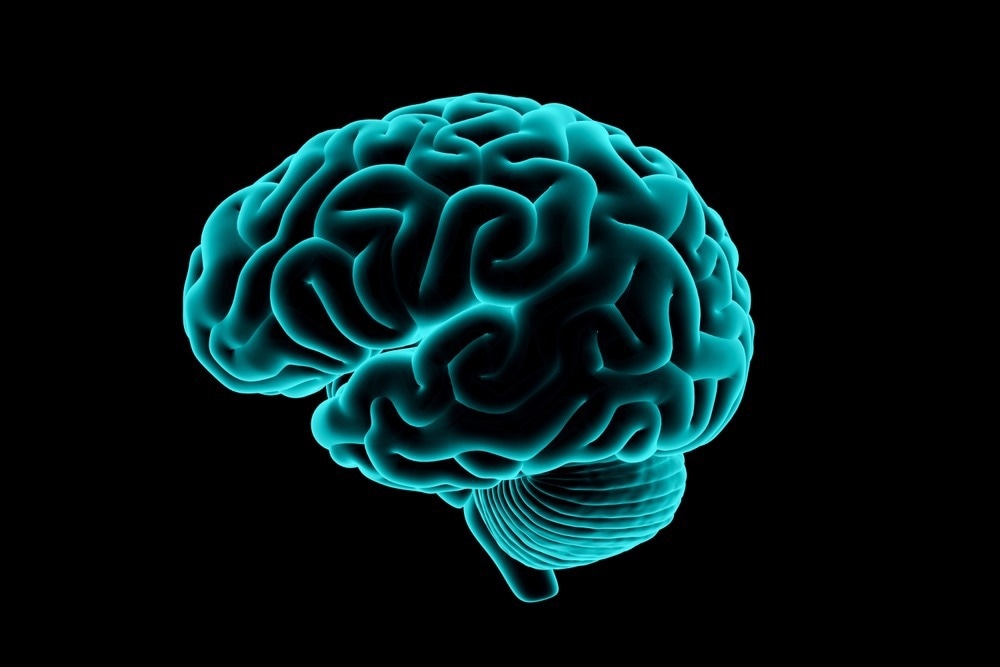In a recent study published in Nature Medicine, researchers used functional magnetic resonance imaging (fMRI) data on brain circuit function to derive interpretable, personalized brain circuit dysfunction scores for patients with anxiety and depression. These scores were used to quantitatively define biotypes based on similarities in neurobiological dysfunction that could help improve response to pharmacotherapy and behavioral therapy.
Background
With the growing understanding of mental health disorders, it is becoming apparent that anxiety and depression disorders constitute a substantial portion of the public health burden worldwide. Furthermore, the heterogeneity in the phenotype and etiology of anxiety and depression presents numerous challenges in effectively treating these disorders.
One of the possible reasons why first-line treatments are not very effective for many of the patients diagnosed with either major depressive disorder or generalized anxiety disorder is the assigning single labels by the current diagnostic system to different syndromes that have overlapping neurobiological symptoms and processes.
A system of quantitatively classifying neurobiological dysfunction using a theoretical framework would help improve clinical diagnoses of anxiety and depression-associated disorders and potentially make pharmacotherapy and behavior therapy more effective.
About the study
In the present study, the researchers presented a novel approach to determining and defining anxiety and depression biotypes using data obtained from fMRI of brain circuit functions that were either task-free or task-evoked. These data were quantified for each patient and evaluated based on behaviors, transdiagnostic symptoms, and various treatment outcomes.
The researchers used a standardized system to quantify the brain circuit function, which is based on a theoretical framework built from various studies on functional imaging of the brain, which correlates dysfunction in large-scale brain circuits to clinical features of anxiety and depression.
The study enrolled approximately 800 patients with anxiety and depression, of whom 95% were treatment-free at the time of enrolment. The researchers used the same sequences of fMRI and measured the behaviors and symptoms of all the participants, which provided them with a clinical basis to validate the biotypes.
The process also allowed them to demonstrate how patients belonging to different biotypes showed varied symptom profiles and performances on cognitive computerized behavioral tests, both general and emotional. Furthermore, since a significant portion of the participants had enrolled in behavioral therapy or antidepressant clinical trials, the researchers were able to observe and present the difference in outcomes of treatment for each biotype.
Six brain circuits were probed during the acquisition of the fMRI data, and these included the salience, attention, negative affect, positive affect, and cognitive control circuits apart from the default mode circuit. Meta-analytic platforms were used to extract regions of interest from the images of these six circuits.
Several self-reported questionnaires were used to obtain information on symptoms such as ruminative brooding, ruminative worry, threat dysregulation, negative bias, anxious arousal, lack of cognitive control, tension, insomnia, and suicidal tendencies.
The criteria for diagnosing anxiety disorder, major depressive disorder, obsessive-compulsive disorder, and post-traumatic stress disorder were ascertained by a general practitioner or psychiatrist. Behavioral performance in areas of executive function, sustained attention, explicit emotion identification, cognitive control, and priming bias by emotion was also assessed.
Results
The results showed that the six biotypes defined using theoretical taxonomy were also distinguishable based on symptoms, performance on cognitive computerized tests, and response to treatment methods. These six biotypes were defined using dysfunction profiles of task-evoked and task-free brain function circuits.
The researchers observed that the six biotypes did not fall within the boundaries of anxiety, depression, or related comorbid disorders such as obsessive-compulsive disorder, social anxiety disorder, panic disorder, and post-traumatic stress disorder.
More importantly, the biotypes were effective in predicting the response to behavioral therapy or pharmacotherapy. The study compared each biotype’s response to one behavioral intervention and three antidepressants.
The results showed that the biotype characterized by hyperconnectivity to task-free circuits, including the default mode circuit, responded better to behavioral therapy, while the biotype that showed reduced connectivity to the attention circuit did not respond well to behavioral therapy. The biotype showing a hyperactivated cognitive control circuit responded well to the antidepressant venlafaxine.
Conclusions
Overall, the findings showed that the six biotypes of anxiety and depression defined in this study using a theoretical taxonomic framework were supported by differences in symptoms, cognitive test performance, and response to treatments. These results suggested that this novel method for biotyping anxiety and depression could make the clinical diagnoses more precise and potentially help improve treatment outcomes by tailoring the treatments according to the biotypes.
Journal reference:
- Tozzi, L., Zhang, X., Pines, A., Olmsted, A. M., Zhai, E. S., Anene, E. T., Chesnut, M., HoltGosselin, B., Chang, S., Stetz, P. C., Ramirez, C. A., Hack, L. M., Korgaonkar, Mayuresh S, Wintermark, M., Gotlib, I. H., Ma, J., & Williams, L. M. (2024). Personalized brain circuit scores identify clinically distinct biotypes in depression and anxiety. Nature Medicine. doi: https://doi.org/10.1038/s41591024030579 https://www.nature.com/articles/s41591-024-03057-9
Source link : News-Medica

